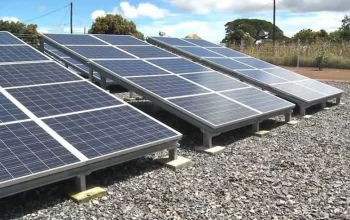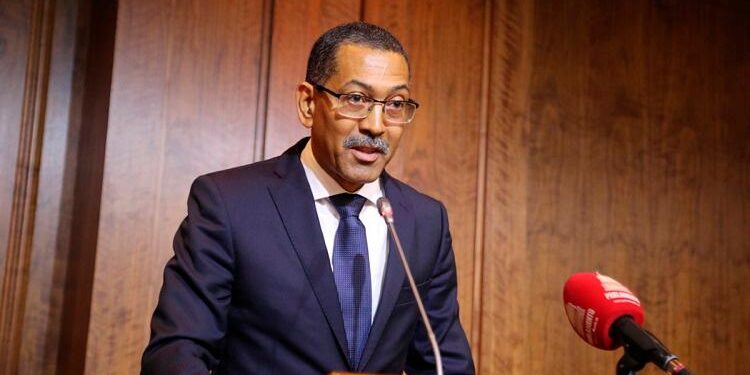An influx of cutting-edge technologies and digital innovations in the mining industry are poised to transform the sector while enhancing efficiency, sustainability and safety standards in the extraction and processing of minerals.
The increasing digitization of mines will allow service companies and operators to improve accuracy and recoverability, thus reducing carbon emissions and operational costs.
Spatial Data Visualization
With many mines operating in remote and hostile environments, 3D mapping and modelling will enable mining companies to improve mineral recovery by artificially creating software environments that use real-life data. Spatial and geospatial data is now being used within the industry to develop user-created 3D images of the mining environment and topography. These digital environments can be used to analyze and evaluate plans, such as drill planning, while reducing cost and environmental impact.
Spatial databases can be used by mining companies and operators to process and develop multidimensional, spatial indexing structures through geometric computation and spatial knowledge representation techniques. This technology is set to improve effectiveness, scalability, cooperation with database systems, and enhance user interaction within mining operations.
Drones
Drones are used in the mining industry to conduct aerial surveys of mining sites and relay geophysical imagery and data to surveyors and mining operators. This data is used to map mining environments, which is often time-consuming and cost intensive. The use of drones in the mining industry is poised to improve decision-making and risk management while reducing survey and exploration time and associated costs.
Advancements in drone technology have led to improvements in volumetric monitoring, on-site safety, drilling and blasting assessment, mine monitoring and planning, and mine development and exploration.
Digital Twinning
Digital twinning is a technology that digitizes the environment and develops a simulated model of a physical space, processes, or asset. Digital twinning technologies use artificial intelligence, machine learning and software analytics to render interactive models, thus allowing operators to optimize the operation and maintenance of a mine.
Virtual simulations are being used in the mining industry to improve productivity, adaptability, and efficiency. As such, digital twinning will enable miners to plan schedules and operations while streamlining maintenance and performance more efficiently.
Simulation Modelling
Poised to play an important role in training and operational performance optimization, simulation modelling technologies will allow mining companies to train miners and operators more efficiently, thus improving recruitment processes and productivity. This burgeoning technology is set to play an important role in reducing on-site accidents while enabling mining companies to evaluate changes to their mining operations and evaluate the impact of external factors, such as weather and commodity prices.
Artificial Intelligence
AI is a fast-growing technology that uses smart data and machine learning to improve operational efficiency, mine safety, and production workflow. AI can be used in mineral processing and exploration as well as in the development of autonomous vehicles and drillers.
The mining industry is increasingly using AI as a tool to optimize processes and enhance decision-making while accelerating returns on newly discovered ores by providing insight into extraction processes. What’s more, AI will empower digital mines to capitalize on data for real-time surveillance and operations management.
![]()




